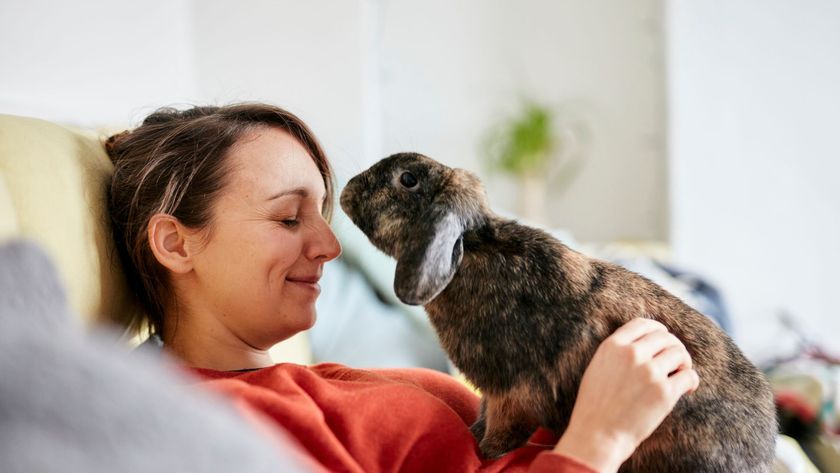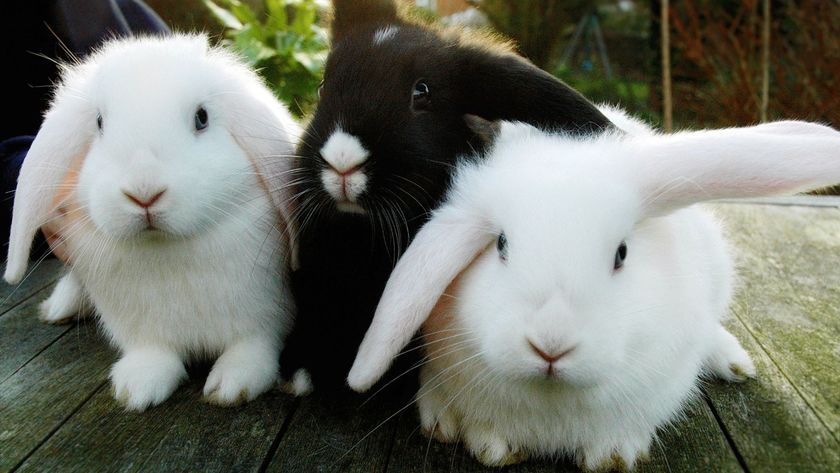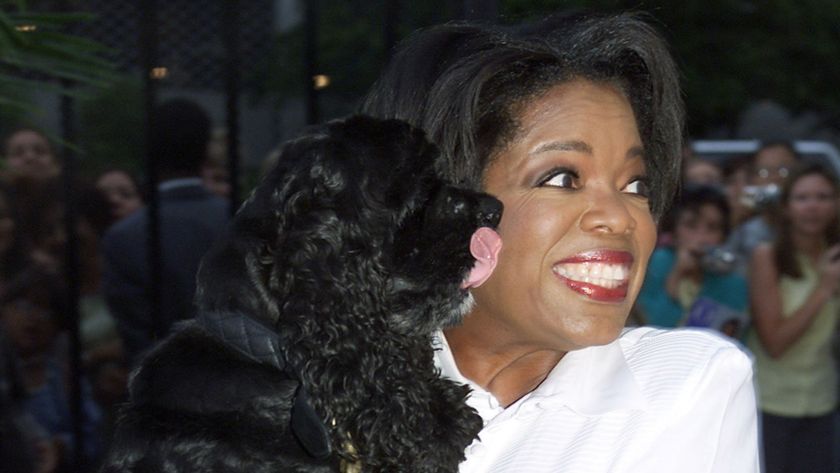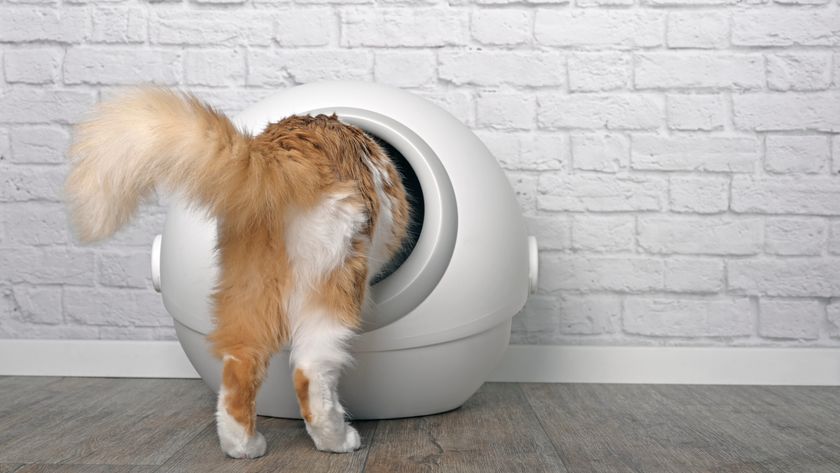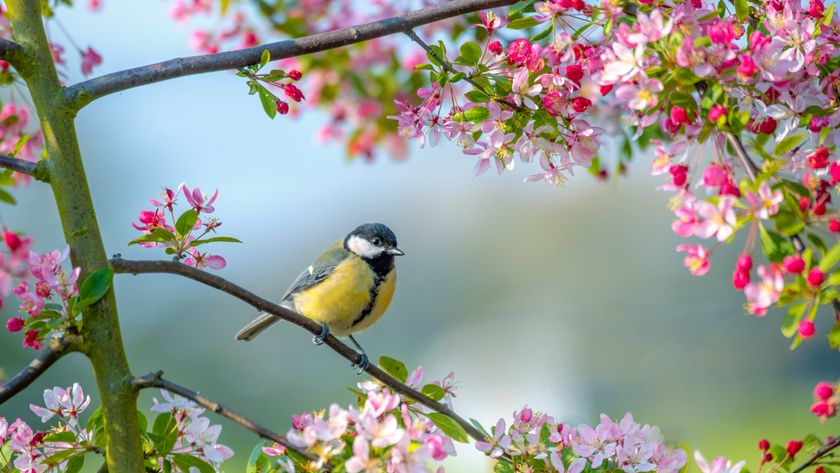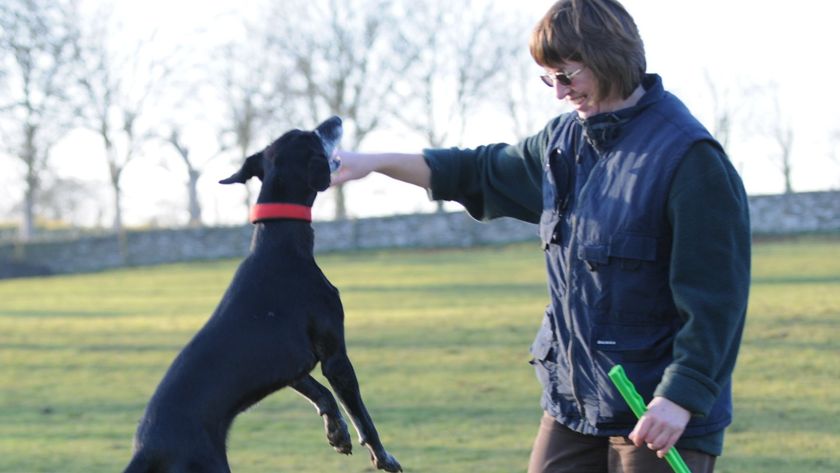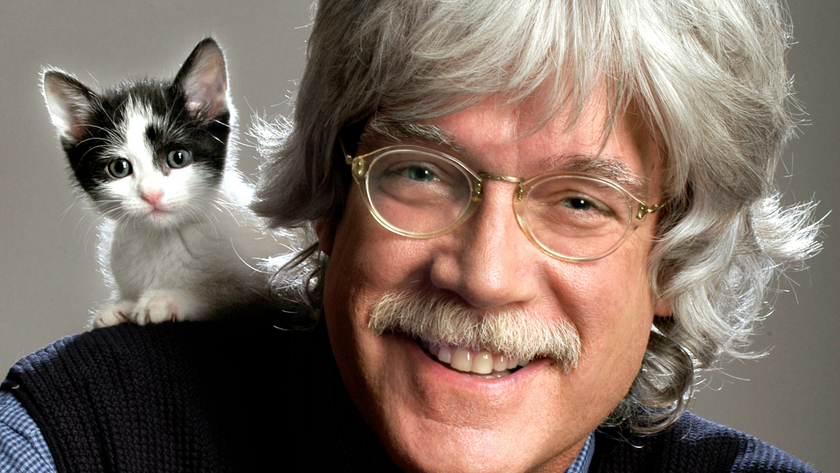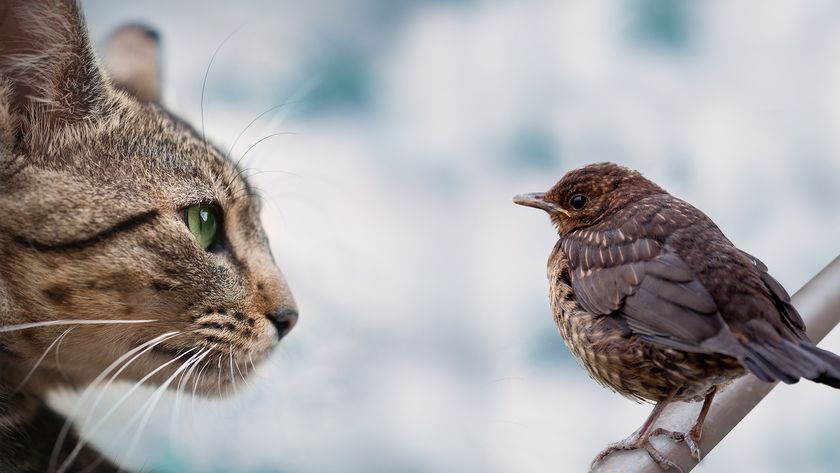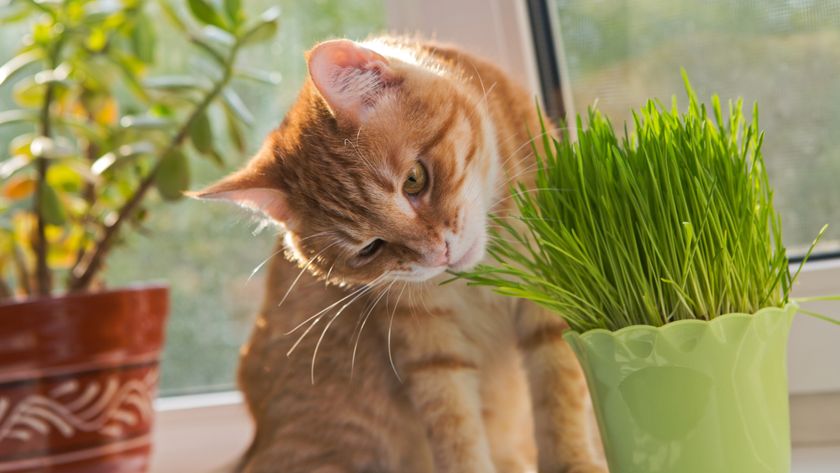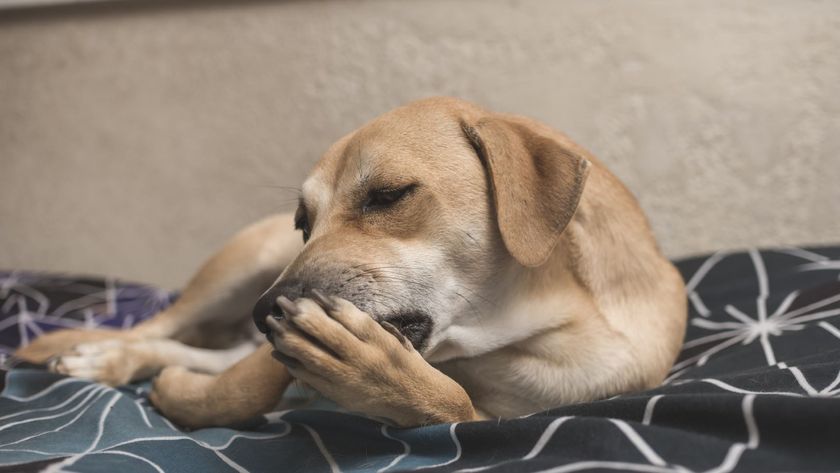Why rabbits pull fur out and how to stop them doing it
Curious as to why rabbits pull fur out? Our expert vet shares some of the most common reasons for this behavior and how to prevent it
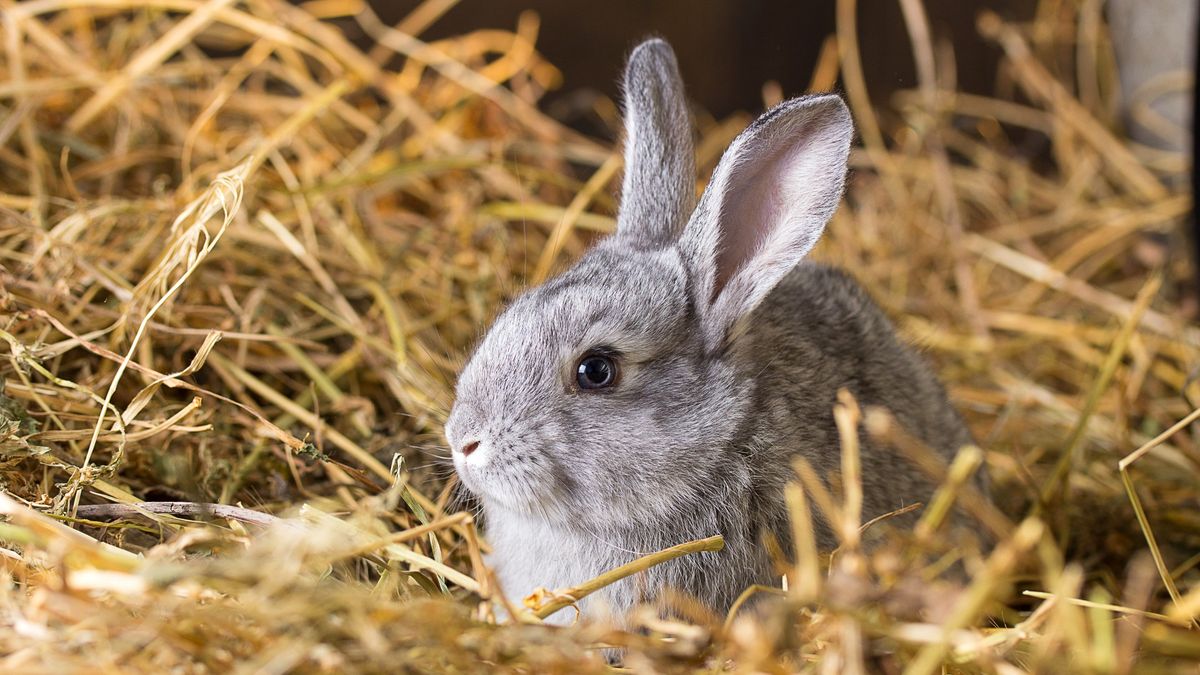
You may be wondering why rabbits pull fur out if your beloved bundle of fluff is currently overgrooming themselves. Also commonly referred to as plucking or barbering, fur pulling can be distressing, both for you and your bunny.
A complex problem that can have its roots in health, behavioral or welfare issues, fur pulling can be the result of anything from boredom to mites, but understanding the fundamentals of good rabbit care can go a long way to preventing it.
Knowing the ins and outs of rabbit grooming is particularly important as sometimes what you might be seeing is not fur pulling but natural molting. Knowing the difference can help you decide whether or not you need to take action and speak to a vet, or whether a good pamper session with one of the best rabbit brushes is all that’s needed.
Below, Senior Veterinary Nurse Claire Speight is here to walk you through some of the most common reasons why rabbits pull their fur out. She also explains how you can prevent fur pulling and care for your bunny’s lightweight, warm and insulating coat to ensure they stay happy and healthy.

Qualifying as a veterinary nurse in 2007, Claire has always had an interest in rabbit nursing. She currently works as a Senior Nurse in Kettering at a practice with a high rabbit caseload, as well and frequently lecturing on rabbits to both veterinary professionals and owners. Claire is a regular contributor to several publications including; Vetstream LAPIS, Pet Gazette, Veterinary Nursing Journal, Veterinary Nursing Times, Vet Nurse Online and Rabbits USA. She is also the editor of Rabbiting On, the quarterly magazine of the Rabbit Welfare Association.
Why rabbits pull fur out
The reasons for rabbits to pull their own fur out, and also that of a companion, are numerous, but include:
- Pregnancy or false pregnancy (pseudo-pregnancy): Female rabbits that are pregnant, or believe they are, will pluck fur from their dewlap and chest area, carry it around with hay, and line a nest with it. They may also pluck the fur from their companion rabbit. This behavior is common in female rabbits who have not been spayed.
- Boredom: Some rabbits who are bored will develop the habit of fur plucking as a way to pass the time. This behavior can then become a habit and can be hard to stop. Investing in a few of the best rabbit toys can be a great way to help alleviate boredom and keep your bunny mentally and physically stimulated.
- Lack of fiber in the diet: If they have limited access to hay, or don’t consume large amounts of it, rabbits may pluck and chew their fur in an attempt to increase their fiber intake.
- Mites: If the rabbit is suffering with mites, their skin is likely to be very itchy and irritating. They may pull their fur out in an attempt to ease the irritation caused by the mites.
- Frustration: One of a pair of rabbits may ‘barber’ the other rabbit, plucking fur from them when they’re feeling frustrated.
- Fighting: If you notice fur in your rabbits’ environment, it may be that your rabbits have had a falling out. When rabbits fight, they will pull fur out from the other rabbit as they bite and lunge at them.
If you suspect your rabbit has mites, their skin is sore, or there are any signs of dandruff or wounds, then you need to take your rabbit to your vet for a check-up. If your rabbit is female and not neutered, you should discuss this with your vet.
How to prevent my rabbit pulling their fur out
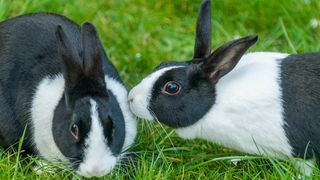
Firstly, make sure your rabbits are fixed. The pulling out of fur is far more common in entire female rabbits, although some spayed female rabbits can still suffer with false pregnancies and perform this behavior. There are many other benefits to spaying rabbits, but preventing false pregnancies is one of them.
Rabbits should always live in compatible pairs, and the best combination is a neutered male and spayed female. This way there is far less likely to be fighting, resulting in fur plucking.
Check your rabbits every week for signs of mites, these will include: white dandruff and flaky skin, red or sore skin, or increased scratching. Fleas are rare in rabbits but can occur, so if you see any signs of flea dirt (small black flecks, which are the dried blood i.e. flea poo) or live fleas, then discuss treatment with your vet.
Make your rabbits’ enclosure entertaining, so the rabbits can exhibit normal behavioral patterns: digging, running, jumping on and off higher surfaces, chewing and foraging. They must also have access to fresh hay 24 hours per day. If they have the opportunity to behave as rabbits would in the wild, they are far less likely to suffer with boredom and frustration, and therefore less likely to pluck their own or companion’s fur.
Fur care for rabbits
Grooming your rabbits is important, not only to help spot signs of problems with the skin and fur at the earliest opportunity, but to help maintain a healthy coat and to help you to bond with your rabbits.
Short-haired rabbits do not require lots of grooming, so grooming them once weekly is sufficient. At times of moulting, this needs to be increased to daily, to help remove all the dead fur and ensure they do not consume large amounts when grooming themselves or their companion.
Long-haired rabbits require careful grooming on a daily basis; otherwise their fur will quickly start to matt, causing them pain and discomfort, which can cause sores and tears in the skin.
Check out our guide to rabbit grooming for more information on how to keep your bunny looking their best.
Pulling out their fur is indicative of a rabbit’s health and can be also be a sign of a behavioural or welfare problem, which needs addressing. If rabbits pull their fur out, not only can they make the skin sore, but ingestion of lots of fur can be dangerous and cause potentially life-threatening blockages in the rabbit’s digestive system.
If you've noticed your floppy-eared friend has begun to pull their fur out, alongside the tips in this article, we recommend you speak with your vet who will be able to offer advice and guidance.
For more great rabbit-related content to help keep your bunny in tip-top shape, be sure to check out our guide to how to care for a house rabbit.
PetsRadar Newsletter
Get the best advice, tips and top tech for your beloved Pets
Claire currently works in Kettering as a Head Nurse in a practice with a high rabbit caseload, as well as frequently lecturing and writing on rabbits to both veterinary professionals and owners.
